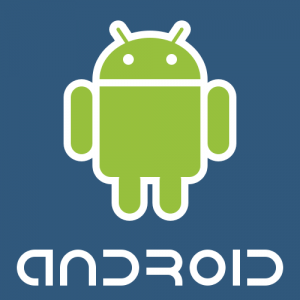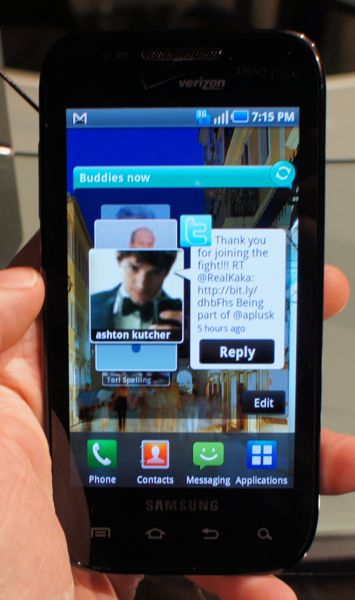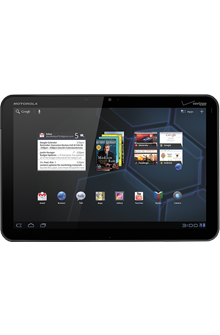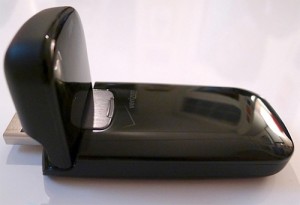 According to ABI Research, the shipment of smartphones grew 71% from 2009 to 2010 with a reported 302 million devices being shipped to customers. Furthermore, with this increased growth, ABI Research anticipates that by 2016, Android will hold a 45% share of the smartphone market. With 69 million smartphones running the Android operating system shipped out in 2010, it is safe to assume that Android, along with Bada and Blackberry, is seizing the opportunity to fill the vacuum left by the evanescent Symbian OS. What do all these numbers mean? Time to start looking at the Android operating system and some of the new devices that use it (By the way, for those interested parties, Apple iOS had a 15% market share in 2010). Anyway, here is quick review of a few devices from Verizon Wireless that I tested for an extended period of time.
According to ABI Research, the shipment of smartphones grew 71% from 2009 to 2010 with a reported 302 million devices being shipped to customers. Furthermore, with this increased growth, ABI Research anticipates that by 2016, Android will hold a 45% share of the smartphone market. With 69 million smartphones running the Android operating system shipped out in 2010, it is safe to assume that Android, along with Bada and Blackberry, is seizing the opportunity to fill the vacuum left by the evanescent Symbian OS. What do all these numbers mean? Time to start looking at the Android operating system and some of the new devices that use it (By the way, for those interested parties, Apple iOS had a 15% market share in 2010). Anyway, here is quick review of a few devices from Verizon Wireless that I tested for an extended period of time.
The Phone: Samsung Fascinate

The 4-inch, 854-by-480 Super AMOLED screen on the Fascinate accents this slab-style Android smartphone whose size is in between the 3.7-inch screen on the HTC Incredible and the 4.3-inch screen on the Droid X. Although the body design is somewhat generic compared to the Incredible and Droid X, it more than compensates in its software capabilities and stellar features powered by a 1GHz Hummingbird processor . The gorgeous screen is surpassed only by what it displays, most notably the Media Hub, Samsung Social Hub, and full HTML browser. The Media Hub allows you to buy or rent movies or TV shows optimized for the screen and syncs everything to your account rather than your phone, so you will never have to pay for something twice. The Samsung Social Hub integrates your email, phone, and social networking contacts, while allowing you to post and see any recent social media updates on your home screen. The AMOLED screen comes in quite handy when you’re taking pictures using the Fascinates 5 megapixel camera with auto-focus and 4x zoom. Conversely, the Samsung fascinate has its drawbacks. Its original platform is the Android 2.1 OS; however, Android 2.2 OS is slated to be released soon and will contain Adobe Flash. Additionally, users have reported that the GPS can be inaccurate, and the exclusive use of Bing on the browser is not a popular feature by far. Nevertheless, the Verizon Wireless 3G network allows this social networking and media monster to outperform many of its competitors.
The Tablet: Motorola Xoom

What’s not to like about the Motorola Xoom? It has a powerful, dual-core processor that fuels Android 3.0 (specifically designed for tablets) on a 10.1-inch HD widescreen. On the outside, the Xoom boasts a 2 megapixel Webcam, 5 megapixel camera with 720p HD video capture and playback, and dual stereo speakers. Under the hood, the Xoom shows why it is more than capable of competing with any tablet. It has 32 GB of storage with the ability to increase it with a micro-SD memory card. Additionally, Android 3.0 allows for the “Home Screen” button and “Back” button to move directly to the screen, so there are actual buttons on the front of the tablet. The OS also allows for full support from the Android marketplace, official Google Apps, GPS navigation, and a desktop-style tabbed web browser. So the only real question left: what’s not to like about the Xoom? There are a few subtle drawbacks to Motorola Xoom. It is slightly heavier than other tablets, which can be significant considering that you will be holding it for extended periods of time. The smears and smudges that can build up from playing games, such as Angry Birds, are more noticeable than on other tablets, and the Xoom requires an additional dock to extract videos. The biggest drawbacks, however, are the 4G upgrade and price. If you want to access the highly publicized 4G LTE network provided by Verizon Wireless, you will have to part ways with your Xoom for up to 6 days or connect using a 4G modem. Though this doesn’t seem like a lengthy separation, it can seem longer when you’re without a device that is part of your everyday life. The cheapest Xoom starts and $599.99 and requires a two-year contract that can range from $20-$35/month with a $350 early termination fee. If you don’t want to be locked in, the Xoom is $799.99.
The Go-Anywhere Device: LG VL600 4G LTE modem

Need a go anywhere, do anything modem? Look no further than the LG VL600 4G LTE modem. This handy little device has been known outperform some home internet connections, supports HD video without buffering, and can handle multiplayer gaming thanks to Verizon Wireless’s 4G network. Nevertheless, the LG VL600 is rather bulky for a USB modem, and the hinge that protects the drive does not scream durability. Additionally, this modem is not yet supported on Macs and does not have the option for an unlimited plan. The LG VL600 is priced at $249.99 without a contract and $149.99 with a 2 year contract. Plans begin at $50/month for 5Gb or $80/month for 10 GB, plus $10/extra GB.